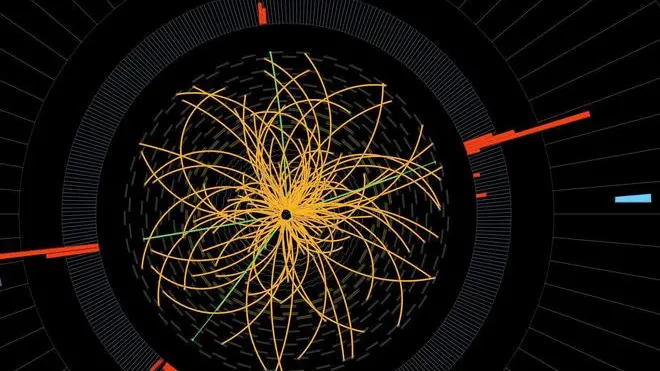Scoperta la «particella di Dio», c’è anche un po’ di Padova

PADOVA. E’ la pietra angolare su cui appoggerà la nuova fisica, ma è anche il primo passo verso nuovi orizzonti. Il bosone di Higgs, la «particella di Dio» c’è. Non più ipotesi ma certezza, anche se la certezza scientifica ha sempre una componente probabilistica: diciamo che c’è una probabilità di errore su un milione. E allora è sicuro, via all’annuncio.
A Padova in aula Rostagni al dipartimento di Fisica, è stato installato un megaschermo, come per le finali calcistiche degli Europei, una finestra spalancata sul seminario del Cern che si svolge a Ginevra. Studenti e ricercatori seguono incantati la cerimonia ginevrina. C’è il gusto della scoperta, dell’esplorazione riuscita perché si è trattato di analizzare milioni di dati, dalla prima scrematura alla distillazione conclusiva, e basta sbagliare un passaggio per mandare tutto a catafascio.
La squadra padovana che ha collaborato alla ricerca è composta da una quarantina di persone, scienziati e ricercatori. Infn e Università hanno realizzato pezzi fondamentali per l’analisi nell’ambito di Hlc: la camera a muoni e il tracciatore che sono stati montati a Ginevra da tecnici di casa nostra.
Riproduzione riservata © Il Mattino di Padova








